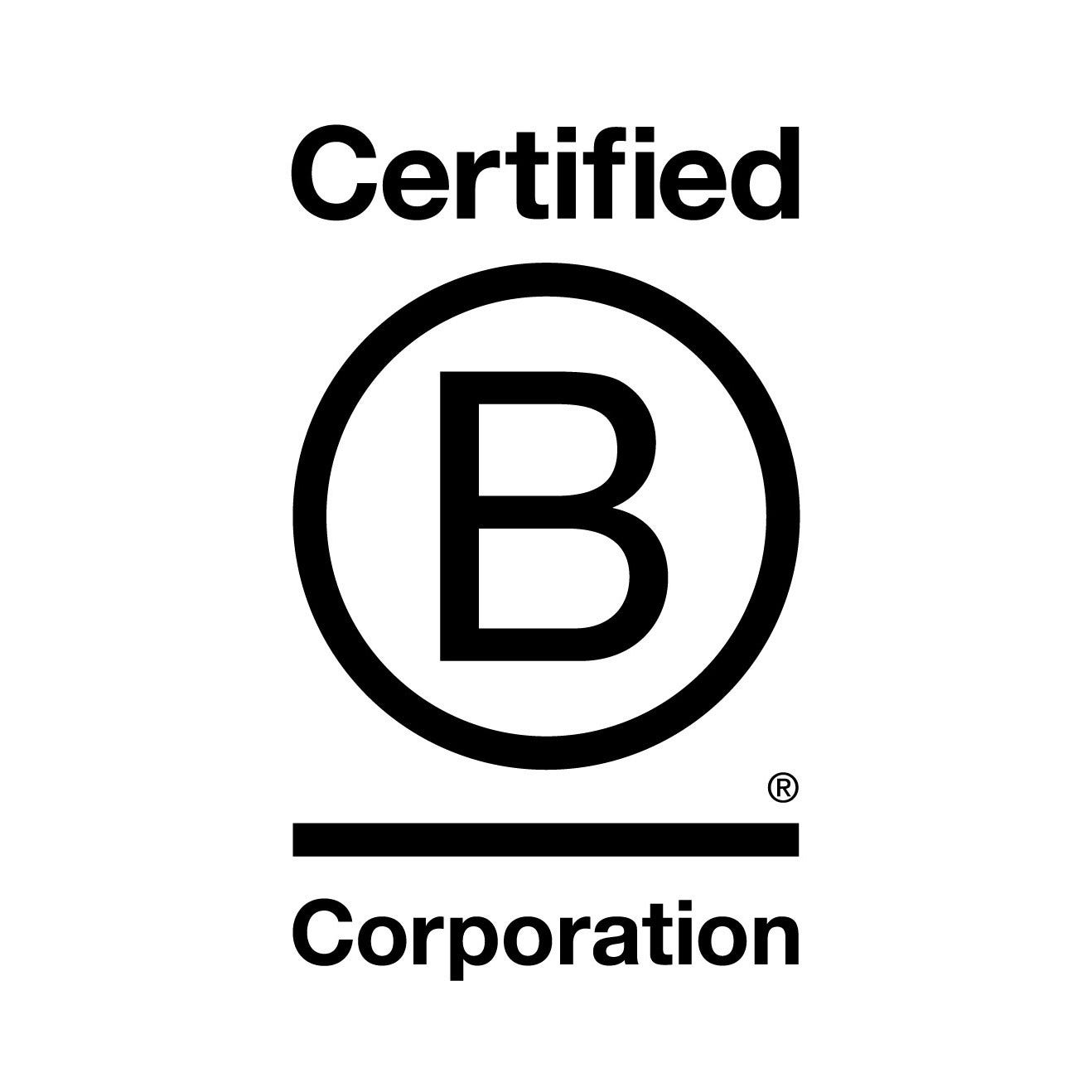Batteries are all around us. We use them in smartphones, home appliances, cars, and, of course, for backup power systems. Each application uses a different type of battery. Depending on the electrode material and the type of electrolyte, there are different variations of battery cells, each of which has its own characteristics.
What kind of batteries exist?
1. Lead and gel batteries
Despite the age of the technology, lead-acid batteries are still used in backup power systems, road transport, and renewable energy storage systems.
Certain types of lead-acid batteries are used in uninterrupted power supplies (UPS). Such batteries are the Absorbent Glass Mat (AGM) type, in which a special porous glass fiber mat is impregnated with the absorbed electrolyte (not liquid). The advantages of lead-acid batteries are the low cost and the ability to operate in a wide range of ambient temperatures (from -40 to + 40 °C). Sometimes lead-acid batteries are mistakenly called gel batteries. This is not true. In fact, gel batteries are a separate type of lead-based power source.
Gel batteries are those in which the electrolyte is a solution of sulfuric acid in a gel-like state. The operating principle of a gel battery is similar to the conventional lead-acid batteries — a charged source slowly gives off a charge (applicable in solar energy, powering the motors of disabled seats, golf cars, etc.). During this process, the voltage drops, and the density of the electrolyte decreases. Gel power supplies are demanding to the voltage, current, and “depth” of the discharge, so the use of unregulated charges can spoil the battery.
2. Li-ion batteries
Almost all modern mobile devices are equipped with lithium-ion batteries. This type of battery has played a significant role in the development of lightweight and small-scale power sources. The strengths of Li-ion are the high density of stored energy. That’s why these batteries are used for electric cars, scooters, bicycles, hand-held power tools, and other devices with electric motors.
It is worth saying that “lithium-ion battery” is a generalized name for a whole group of electrochemical cells, in which lithium ions act as a charge carrier. The difference lies in the composition of the cathode material and the type of electrolyte.
Li-ion batteries with a high specific capacity have a low weight. It doesn’t take much time to charge and they have almost no memory effect or self-discharge.

Lead and Gel batteries vs. Li-ion in modern backup systems
- Gel and lead-acid alkaline batteries are all in one group of batteries that have a high self-discharge compared to lithium-ion (Li-ion) batteries. If Li-ion has a self-discharge of an average of 6% during the year, then lead-acid will receive the same percentage during the day. Therefore, backup systems that use gel or alkaline batteries as the power supply capacity will need to be constantly recharged, thereby significantly reducing the efficiency of solar generation.
- If a house is connected to an external network and the backup system is charged with lithium-ion batteries, then when it is charged, it will no longer consume electricity. This is one of the significant advantages of Li-ion batteries.
- If you connect solar panels to a backup system based on gel batteries, then the main part of the energy received will be spent on charging the batteries. And it will not be possible to use solar energy at the time of consumption, because the whole charge will be used on charging the system.
- With Li-ion batteries, the situation is different. Solar energy can be used to power the load, and to recharge the batteries, at the same time. The batteries will charge much faster under equal conditions, they will retain their charge and will not consume energy during the day due to low self-discharge. Thus, all the “solar” electricity will be directed to the load.
- UPS systems with alkaline and gel batteries require constant charging to maintain their own operations. The charge/discharge cycle characteristics are extremely low compared to lithium-ion. According to our experience, the use of these batteries is justified only when the backup period lasts no more than 30 minutes. So, with a backup period of an hour or more, the number of batteries increases significantly, and the performance in two years will be less than 50% of the original.
- Lithium-ion batteries need a minimum of energy to maintain their own operation, the number of their cycles is more than 5 times. These batteries are several times smaller in size and lighter in weight and are undemanding to the depth of discharge.
How it works in daily operations:
Let’s consider the following case. Imagine we have a 10 kWh system on gel batteries (G) and we have a 10 kWh system on lithium batteries (Li-ion). The system on G batteries will allow us to power a 3kW load only for an hour. And in a year’s the power time will be reduced to 40 minutes, and in two years this time will fall to 15 minutes. As a result, in two to three years, such batteries will need replacement, due to their rapid degradation and inability to charge.
A lithium-ion battery with 10 kWh of capacity can give 100% of its stored energy to the load. Accordingly, the 3 kW load will be powered by lithium-ion batteries for almost 4 hours and in two years it will still have the same performance. Degradation will occur in about 7–8 years, depending on the modification or batteries, but this does not mean that they will stop working. Li-ion will be able to operate at 70% of its manufactured capacity (which will occur in the 15th year of operation) and provided that the “favorable mode” of operation is observed, and taking into account the full discharge once a day. On average, during the first 7 years, Li-ion batteries rarely reduce their capacity by more than 15%.
During the development of our WATTS power system, we had to find a technology that would allow us to accumulate the maximum possible amount of useful energy per kg of weight. For about a year, we analyzed various modifications of current sources and selected the LiNiMnCoO2 batteries (known as NMC) as the most energy-intensive, taking into account the self-discharge parameters and effective power. NMC is three times more energy-intensive than LiFePO4 (LFP) and safer than NCA (LiNiCoAlO2).
Types of Li-ion batteries, that are used in WATTS:
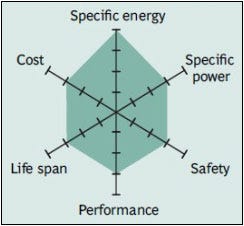
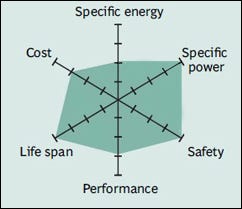
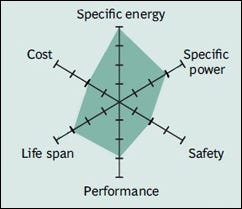
In order to increase safety even more, our team has developed a state-of-the-art energy management system, that achieved the same safety and life span features as LFP.
Thus, based on our experience, the most effective, safe and high-quality batteries for backup systems are lithium-ion batteries. They are optimal in terms of performance, charge-discharge, and service life.
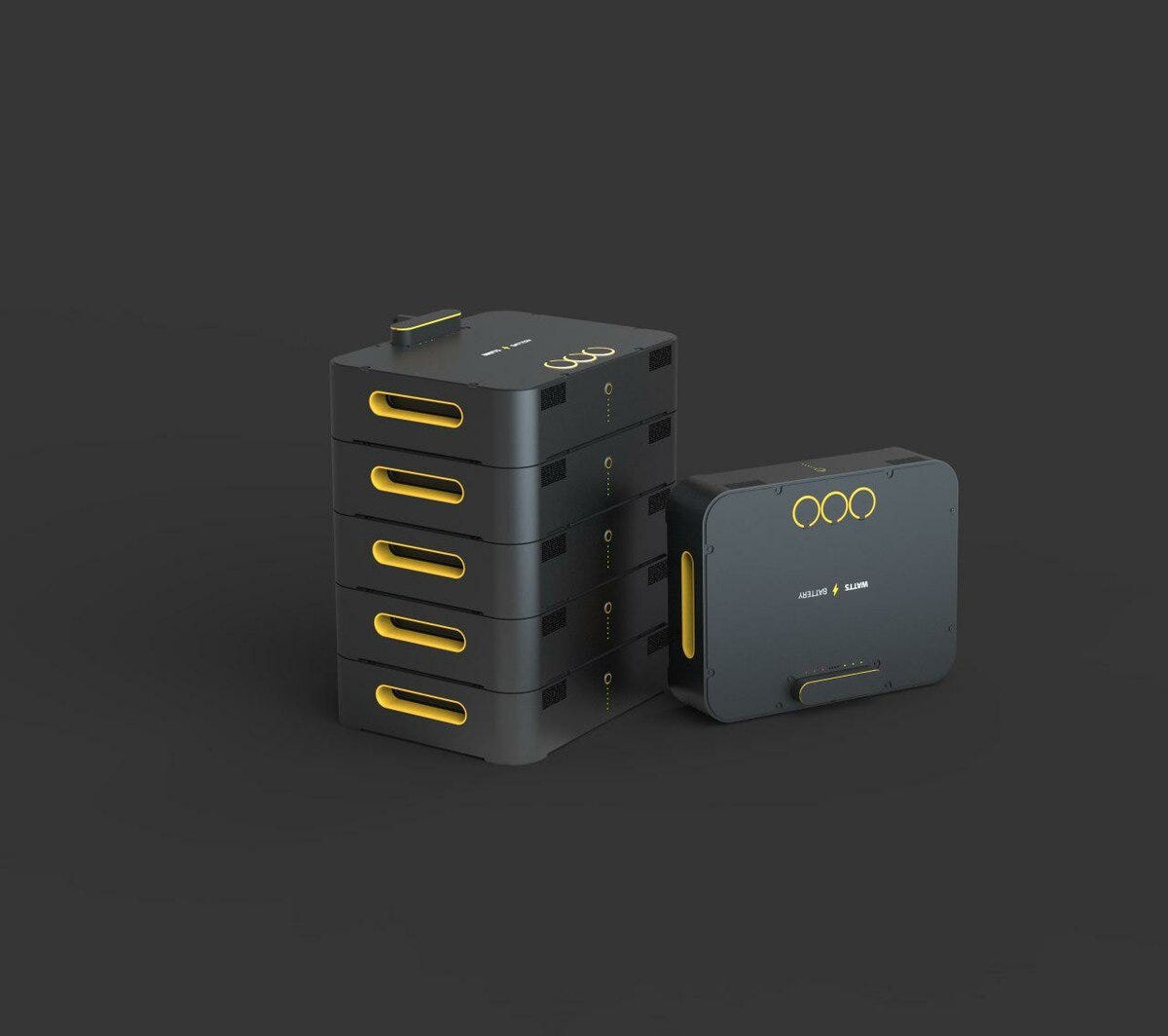
In conclusion, it is also important to note that as with any other electrochemical product, a significant enviromental damage can occur if they are not properly disposed. Aligned with the aforementioned, Watts Battery as a proud BCorp certified company with high environmental standards, is responsible for the proper disposal of all lithium-ion batteries used in all of our products.
